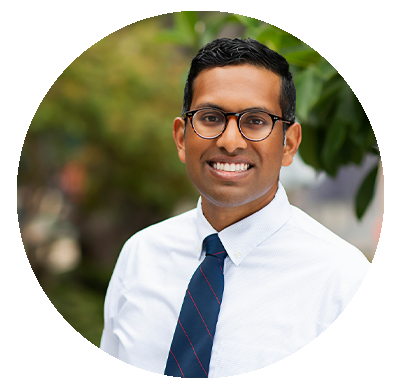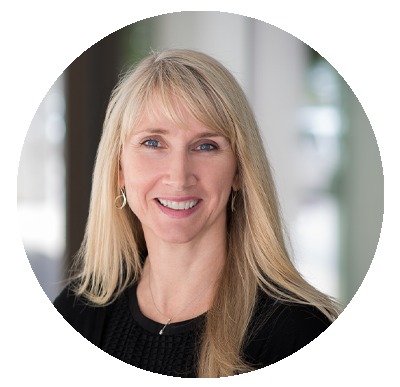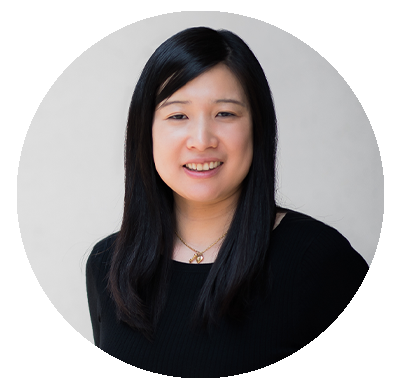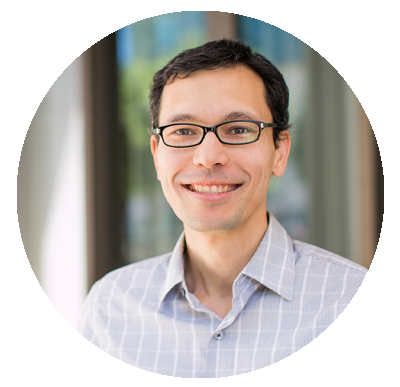Ask the Experts: Artificial Intelligence
How is UCSF harnessing artificial intelligence in pediatrics?
Technology has become ubiquitous in our daily lives. Over the past four decades, technological advances have increased our productivity, reshaped how we interact with one another, catalyzed scientific research, and changed the way we deliver and document health care. And now, a new technology – artificial intelligence – has become widely available to us all.
Artificial intelligence, or AI, is a technology that enables computers and machines to simulate and amplify human intelligence and problem-solving capabilities. At UCSF, we recognize the enormous responsibility we have to deploy AI safely, equitably, and efficiently to elevate healthcare, while also protecting the patients we serve.
At UCSF Benioff Children’s Hospitals, our experts are at the forefront of this effort, spearheading groundbreaking research that harnesses the power of AI to transform how we care for children – from decoding cough sounds, to interpreting fetal ultrasounds, and deciphering complex datasets.

SOUNDS
What is a cough? We all do it, and we all recognize it, but how do we characterize it? Right now, when we ask a patient about a cough, it can be quite subjective: Do you have a cough? Did it get better? From a diagnosis and monitoring standpoint, that’s pretty nonspecific. More objective data would be much more valuable, and we’re realizing that there’s so much rich data in sound – including cough sounds – that we could use to detect and monitor diseases. With AI, we can collect thousands of cough sounds, noninvasively with a mobile phone, and create algorithms that diagnose or assess the severity of respiratory diseases like RSV, COVID, and tuberculosis. This would empower providers, children, and caregivers to make time-sensitive decisions about care. It’s so exciting.
Devan Jaganath, MD, MPH
Pediatric Infectious Disease Physician

IMAGES
I’ve spent my career trying to improve prenatal diagnosis of congenital heart disease (CHD). Diagnosing a heart defect before birth can mean the difference between life and death for the child. For 20 years, we’ve approached this through education, but for whatever reason, it’s still really easy to overlook these defects on prenatal ultrasounds. They’re hard to see, and about half of all cases of CHD get missed. So, when [UCSF cardiologist] Rima Arnaout approached me about her research using AI in prenatal ultrasound, I literally had an “aha!” moment. When we use AI to screen ultrasounds for CHD, the detection rate surges to 95%. Sign me up! This may be the only way to dramatically improve our ability to identify fetal heart defects in the womb.
Anita Moon-Grady, MD, FACC, FAAP
Pediatric Cardiologist

DATA
Cardiovascular disease is the leading cause of death in teens with kidney disease, but risk control for the disease remains poor in this population. We want to know why. Is it because providers hesitate to start treatment so young? Is it because they haven’t identified the risk? In traditional research, we focus on data that’s easy to extract, like how many patients received a certain therapy. But the richest data is usually in the provider’s notes. That's where you learn why they did what they did. We would never be able to sift through all those notes, but with AI, a machine can go through the data and interpret intent, and we can learn about provider decision making. Eventually we’ll be able to use this for blood pressure control, diabetes care, even cancer therapy.
Elaine Ku, MD, MAS
Adult and Pediatric Nephrologist

EXPERIENCES
As a health system, we’re always looking for ways to take better care of our providers so they can take better care of our patients. That includes exploring how we can use AI to reduce the time providers spend documenting visits and increase the time they spend with patients. Our study uses AI to record the visit, transcribe the notes, and formulate patient instructions. The provider still reviews the notes and instructions, but the AI takes that first pass to capture and organize the information. This has the potential to be so valuable in pediatrics. Instead of staring at a computer screen, providers can focus on interacting with children. No one became a pediatrician to write clinical notes. We went into medicine to take care of kids.
Aris Oates, MD
Pediatric Nephrologist